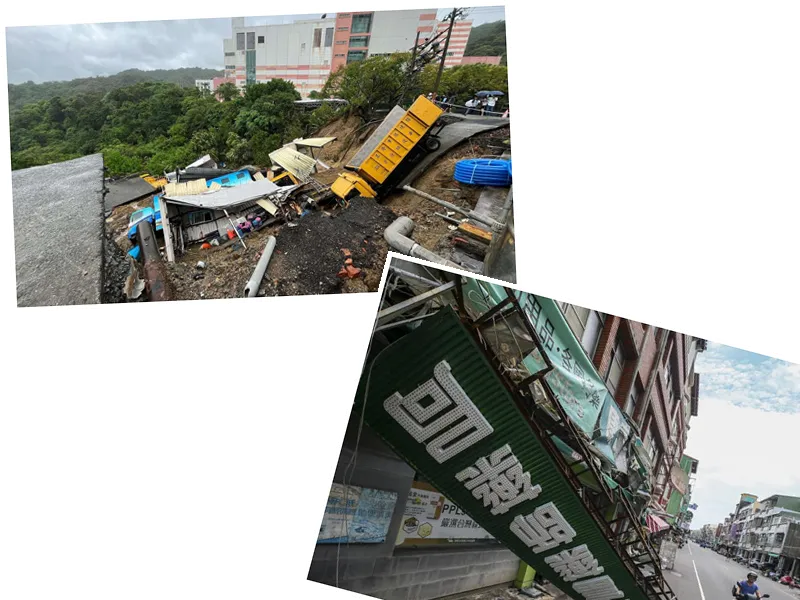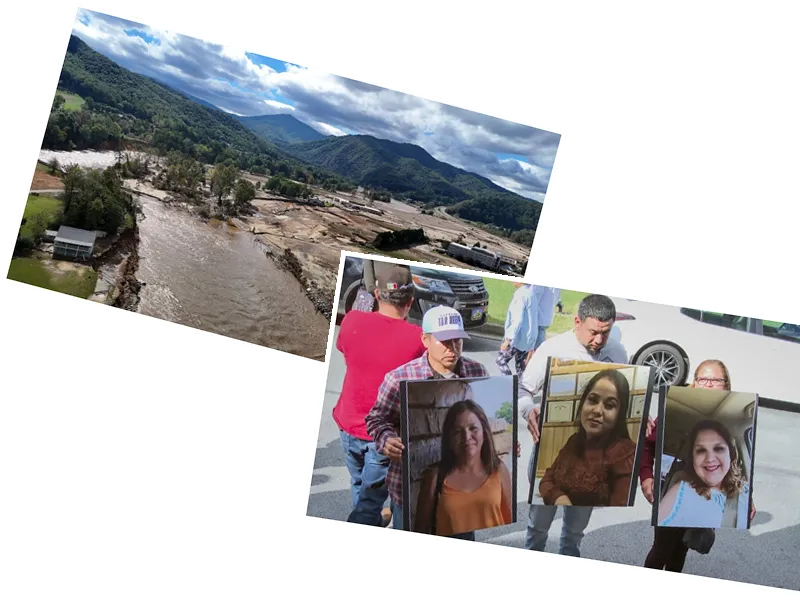Typhoon Yagi Causes Widespread Destruction in China and Vietnam
The super typhoon Yagi, which struck the southern coast of China on September 7, has left a trail of devastation, resulting in at least two fatalities and injuring 92 people. The storm has cut off electricity to nearly one million residents on Hainan Island, known for its picturesque beaches and luxury resorts. Wind speeds reached an astonishing 234 km/h, making Yagi the second most powerful cyclone of 2024 after Typhoon Bril.
Prior to its landfall in China, Yagi wreaked havoc in the Philippines, where it claimed the lives of 16 individuals and caused significant flooding. As Yagi approached Vietnam, preparations were made to mitigate its impact. Schools, roads, and other services were shut down in China as authorities braced for the storm's arrival. Reports indicate that Yagi is expected to weaken as it reaches Vietnam's shores but has already caused extensive damage in the northern provinces.
Evacuations and Ongoing Threats in Vietnam
In Vietnam, the typhoon made landfall in Quang Ninh and Haiphong, uprooting trees and damaging infrastructure. Local resident Tran Thi Hoa described the experience as frightening, noting the sound of metal roofs breaking amid the chaos. In anticipation of the storm's impact, Vietnamese Prime Minister Pham Minh Chinh ordered evacuations of approximately 20,000 residents from high-risk areas to safer locations. Public buildings such as schools and kindergartens have been repurposed to shelter evacuees.
The storm has also led to the closure of four airports in northern Vietnam, including the capital's Noi Bai International Airport. As Yagi continues its trajectory, the region remains on high alert, with gusts exceeding 230 km/h reported. In southern China, the aftermath of Yagi has left thousands of residents in need of assistance, and extensive damage has been documented across the affected areas.
As climate change continues to intensify tropical storms, the frequency and severity of such events are expected to rise, raising concerns about future preparedness and response strategies in affected regions.






